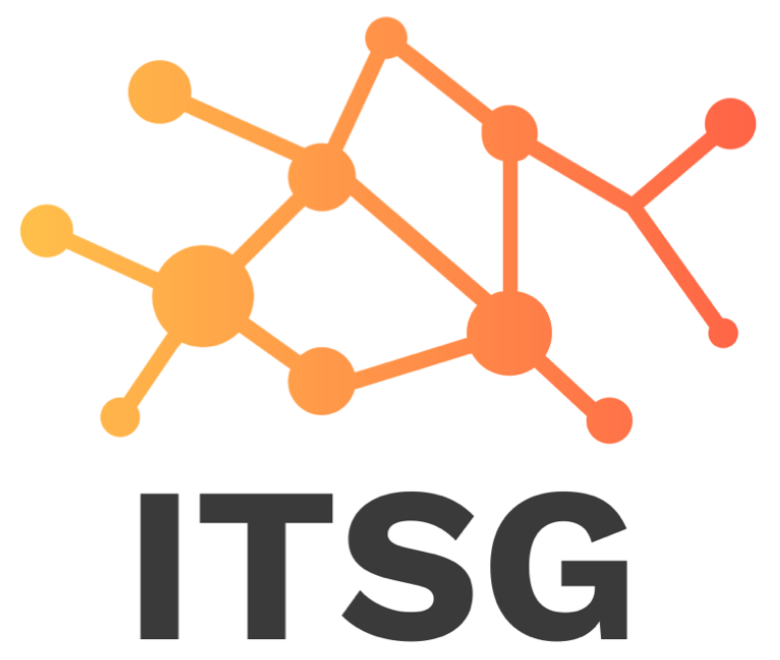Transport
The DRT or Digital-rail Rapid Transit Vehicle
Magnetic tags or “nails”, embedded about one metre apart along a specified route, can guide the rubber-tyred vehicles (like trams) around a virtual track. Construction is relatively quick, with minimal impact on communities. It is also very cost effective when compared with light rail, as no utilities are encountered during construction. Importantly, the ultimate ride quality is like a light rail vehicle – a major attractor to travellers.
The vehicles have been manufactured by CRRC – the world’s largest rolling stock manufacturer, with the guidance system developed by Shanghai Electric, which has commercialised technology previously developed by the PATH Program at the University of California, Berkeley (United States).

Key Facts and Figures
– Width – 2.5 metres
– Height – 3.6 metres
– Entrance Height – 330mm
– Low Floor Height – 350mm
– Door – Unilateral 1 pair, opening degree 1.6 metres
– Axles = 8 for a three-carriage vehicle
– Axle Load: 7 tonnes
– Max. Safe Operating Speed: 70km/hr
– Number of seats: 56
– Maximum Passenger Capacity (8 people/sq m): 280
– Hybrid-Hydrogen Powered Vehicle capability
– Bi-directional.

Advantages of the DRT
impact during construction and a long vehicle life cycle. Vehicles can be assembled in Australia or fully
imported
The DRT has been successfully operating for the past three years in the Chinese City of Lingang, Shanghai, with several hundred thousand passengers already using the service. It is now also being trialled in Monterey, Mexico.
